Fingerprint Collection from Difficult Surfaces…and AFIS
Fingerprint Collection from Difficult Surfaces (& AFIS) at Sirchie
We often hear it said on TV and in the movies that there are items and surfaces that do not hold fingerprints or that fingerprints cannot be recovered from them. On Day #4 of the Sirchie Evidence Collection Training Classes held at the Sirchie Fingerprint Laboratories in NC, we experimented with a variety of surfaces to see what would happen if…
Skin is reported to be one of the most difficult surfaces from which to lift a print, because the prints fade so quickly. But, after three days of dusting and chemically treating and lifting and photographing dubious fingerprints, our group of dogged writer/investigators was not to be deterred.
The set of prints in the photograph below were lifted from an arm. Not clothing, the arm itself. And not by using fingerprint powder on the arm. A classmate kindly offered up her arm to be grabbed. Then a piece of specially treated paper (chromicoat) was pressed onto the area of her arm where the fingerprints were likely to be found. That paper was then dusted with fingerprint powder and the prints popped up. We now knew it was possible to lift the prints if they were minutes old, but we had access to both the specially treated paper and the powder immediately after the grab. We also knew from experience that our grabber always left really good prints on all the surfaces touched during the previous days.
We proposed various scenarios to our instructor (equally curious Robert Skiff, Sirchie Training Manager/Technical Training Specialist). What if a mugger grabbed a bare arm and tried to drag us into an alley? How close would we have to be to the police station after we got away from the mugger in order to get the prints processed? How much time did we have before they faded away? Would the lift work if we used plain paper, since it was highly unlikely that an ordinary gal would be carrying chromicoat paper in a pocket? What if the police station wasn’t close by, therefore no access to fingerprint powder?
The answers were time sensitive. It was possible to lift prints from a bare arm with plain paper, but only if the lift was made during the first few minutes and only if the suspect left a strong sample. It’s possible to use cigarette ashes as a substitute for the fingerprint powder. Conclusions? There were too many variables for this to be a reliable way to catch a crook. Now…if you were grabbed around the corner from a police station OR were a smoker AND the mugger had dirty hands AND you had a clean piece of paper in your pocket AND you had attended this class… Hmmm…maybe in a sci-fi mystery. However, not completely impossible.
Lift from skin using Chromicoat treated paper
Another difficult surface from which to lift prints is the dashboard of a car. Think about it. If you press your hand onto a dashboard, your skin (with all the loops and whorls and arches) is also pressing into the crevices of the pebbled surface. Same thing is true for an orange or a football. A straight gel lift or hinge lifter will not do the job effectively. A tape lift may only pick up the top of the print.
Dashboard surface
But, the investigator sees the possible print and doesn’t want to lose the opportunity to catch the crook. The answer in the past was to dust the likely area with magnetic fingerprint powder, then apply a Blue Glue gel and wait for the gel to cure before lifting it off the dash—about five hours. FIVE hours? The crook is getting away! No time to wait!
These days, the preferred lifting product (after applying the magnetic powder to enhance the print) is a transparent liquid silicone (PVS200—polyvinyl siloxane), applied with an extruder gun. It flows down into the crevices, dries in six minutes, and gets into every bit of the print. After the polyvinyl dries, it can be lifted, and then placed on a backing card to preserve the print. At that point, it can be placed under an Optical Comparator, photographed, and sent off to AFIS for an ID/comparison.
This epoxy is not good for every surface (it rips paper, etc) but is very good for pitted, bumpy surfaces like alligator skin and dashboards. Gotcha!
Dashboard Lift
Another tricky scenario: The cop is in pursuit of an unidentified car thief or robber and chases him through a parking lot. The cop witnesses the suspect firmly planting his palm on the trunk of a car as he cuts through a tight space. The cop grins as he realizes that even if the guy outruns him, he can catch him through the palm print. And, then, it starts to pour. Does the print get washed away? Or become unusable?
Not if the Field Kit is handy! When forced to do a wet lift, it is possible to use SPR (Small Particle Reagent – finely ground particles suspended in a detergent solution). Spray the print with a fine mist of SPR and let set. Lay the hinge lifter just off the print and place it down carefully, employing a squeegee at the same time, to slowly remove the excess water. This method can be used to develop prints on non-porous surfaces—cans, bottles, windows, and other glossy surfaces, but not on paper or cardboard.
Wet Lift
Criminals who tie their victims up during the commission of a crime frequently use duct tape for the job. That duct tape is almost always full of prints that get embedded into the tape. It’s practically impossible to manipulate and tear the tape while wearing gloves (I tried this once and the gloves got so stuck to the tape that I threw the resulting mess away), so he leaves prints while unrolling and tearing the tape. Even if he has wiped the smooth surface of the tape clean to cover his identity, the sticky side can’t be wiped without taking away the sticky. Balls of tape tossed aside by a suspect have been processed successfully for prints, but first the tape had to be released from itself.
Separating folded duct tape from itself
A 2% chloroform tape release agent is dropped liberally on the area where the two pieces of tape meet. Two people need to work together on this—one person places the drops continuously while the other person pulls the tape apart. The ends of the tape are folded over (about ¼”) and the tape is flattened for 24 hours before further processing.
Adhesive-side Developer
After 24 hours, adhesive-side developer is applied to the sticky side of the duct tape, allowed to sit for a few minutes, then rinsed off and voila! The prints are clearly visible, can be photographed, covered with clear tape to protect them, viewed under the Optical Comparator, entered into the system, and sent off to AFIS. (Crystal Violet can also be used for processing this type of print, but is toxic and should only be used in a lab.)
Duct tape prints
AFIS – what is it and does it really help identify a person of interest in a crime?
Anyone who has watched TV crime shows during the last decade has heard the acronym AFIS. It stands for Automated Fingerprint Identification System. In 1924, the FBI started a fingerprint identification system. They fingerprinted several thousand prisoners incarcerated at Leavenworth, and stored their prints on cards.
Today, the system has broadened to include international prints as well, is an electronic database of 70 million, and contains the prints of people who have been arrested at every level of crime. The FBI also includes prints of people fingerprinted as a result of employment, or security assessments purposes such as authorized Federal background check programs and military service. The latest FBI version is named IAFIS (I is for Integrated).
Johnny Leonard, a latent fingerprint expert, visited the class in the afternoon to explain what AFIS can and can’t do. He showed us what a fingerprint examiner looks for in every print or partial print he/she sees, using the Henry Fingerprint Classification and Identification method. The average number of minutiae on every complete print is between 100 and 150. There are distinct ridge patterns to look for in a print: arches, loops and whorls.
65% of all fingerprint patterns are loops,
30% are whorls,
and only 5% of fingerprint patterns are arches.
Thumb prints are the prints most often left at a crime scene, because people use their thumbs for leverage when pushing through doors or opening safes, or grabbing those golf clubs to use as weapons, etc.
Identifying 8-12 points of similarity between an unknown latent print found at a crime scene and one in the AFIS database is the standard for declaring a match, but some jurisdictions want more for absolute certainty. An examiner plots the print in question for distinct characteristics, makes notes to that effect before sending the print off and waits. AFIS & IAFIS return a list (sometimes as many as 30) of possible matches. At this point, the examiner reviews the possibles and chooses the best match in his/her opinion. And, it might not be the first on the list. Then, another examiner verifies the possible match. There is no such thing as an instantaneous match with just one print from the AFIS or IAFIS databases. TV tells us otherwise, but sorry, that’s merely for dramatic effect.
Other interesting fingerprint details:
*We know that no two people can have the same fingerprints, but not even the same person’s prints are identical.
*Some people have all three types of ridge patterns on one finger.
*Only positive matches from the state AFIS are verified by examiners; not the negative ones.
*Palm prints are now in the AFIS database.
*AFIS looks for change of direction in the whorls, loops, and arches in order to find a match.
*There has not been a case yet where the DNA has not matched the fingerprints at the scene.
The photo below shows a positive match between a latent print and one in the database. The latent is on the left. The database print is on the right. This match placed the suspect at the scene and along with other evidence, resulted in a conviction.
AFIS Match
Having been through four days of training, working with prints on a variety of surfaces, we felt confident that we were up to the challenge of matching a few fingerprints on our own. Mr. Leonard showed us 16 pairs of prints and gave us 15 minutes to make decisions. We looked for cluster highlights, tented arches, spots, bifurcations and other techy details. Guess what? The lines began to blur, and not all of us correctly identified all the matches.
TV makes it look easy, with a click and a less than five-minute response time from IAFIS. Not possible, with 70 million fingerprints to choose from. This is not an easy job.
Next up: Footwear and other fun ID techniques
Patti Phillips is a mystery writer/photographer/reviewer whose best investigative days are spent writing, cooking, traveling for research, and playing golf. Her time on the golf course was murderously valuable while creating the perfect alibi for the chief villain in Patti’s novel, “One Sweet Motion.” Did you know that there are spots on the golf course that can’t be accessed by listening devices? Of course, it helps to avoid suspicion if you work on lowering your handicap while plotting the dirty deeds.
Patti Phillips writes the online detective blog, www.kerriansnotebook.com. (Detective Kerrian chats about life as a detective as well as the central case in “One Sweet Motion.”) Patti’s book reviews of mysteries and thrillers can be found on the Facebook, Amazon, and Barnes & Noble sites. Her own review site, ‘Nightstand Book Reviews’ is coming soon.
Patti is a transplanted metropolitan New Yorker/north Texan, now living in the piney state of North Carolina.

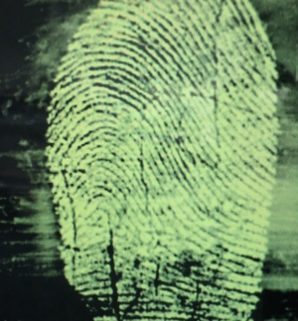

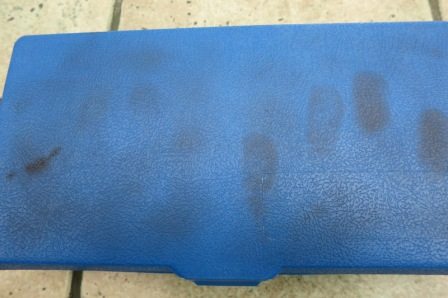
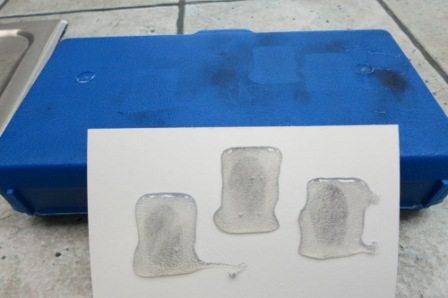
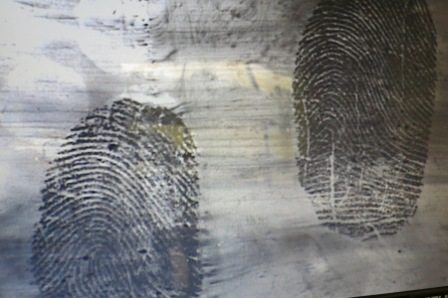
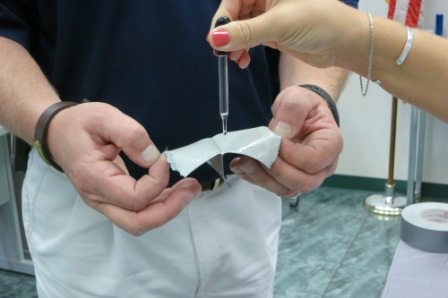
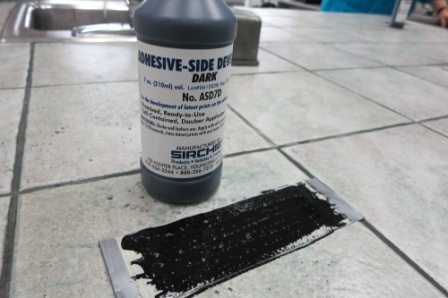
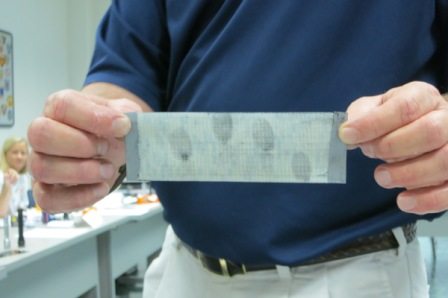
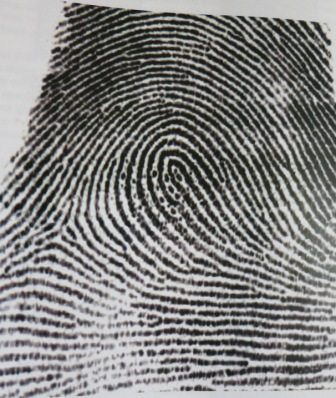
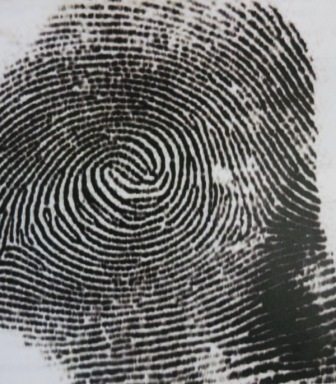
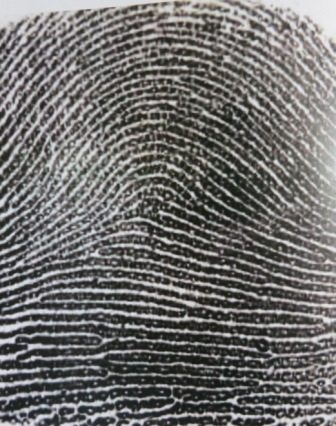
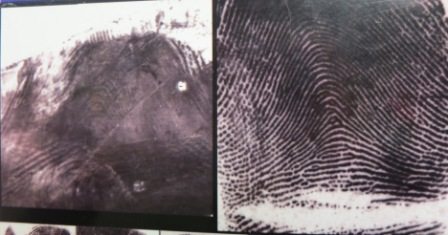




Vonda – Agreed! 🙂
What an interesting and informative class! And awesome classmates as well!!
Melanie, will we be seeing any of these scenarios in your upcoming work? 🙂
It was wonderful! I learned so much.
Thanks, Katherine! 🙂 Day after day, it was an amazing experience.
Great information, Patti! Thanks so much for sharing it with us. The workshop sounds completely fabulous.